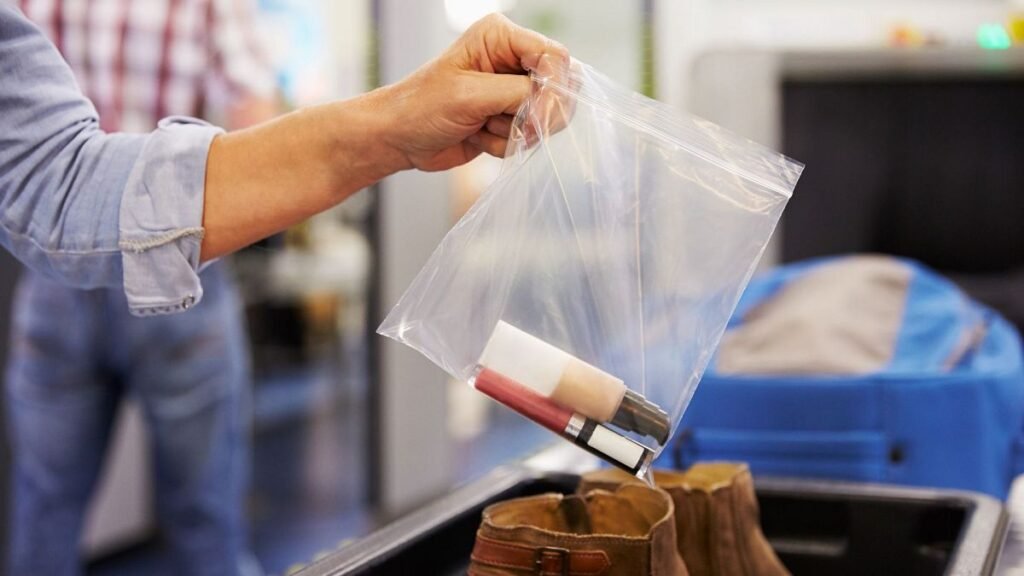The introduction of new 3D scanners at airports could potentially bring an end to the frustrating liquid limits for passengers. However, there have been significant delays in installing this new technology in the UK. Birmingham Airport faced major delays over the weekend due to confusion about new rules regarding liquids in hand luggage. Some passengers reported waiting up to two hours in security queues, with many expressing frustration over the unclear regulations.
The UK government had initially approved a handful of airports to increase the liquid limit from 100ml to two litres with the installation of new CT scanners. However, logistical errors caused delays in the installation of these scanners at major airports such as Heathrow, Gatwick, and Manchester. As a result, the Department for Transport announced a temporary reintroduction of the 100ml rule at six airports. This sudden change has left passengers confused and airports scrambling to adapt during a busy travel period.
The 100ml liquid rule was implemented in 2006 after a terrorist plot was uncovered involving liquid explosives disguised as soft drinks. The threat of using such explosives on transatlantic flights prompted the introduction of restrictions on carrying liquids in hand luggage. The 100ml limit was determined to be a safe amount, based on security experts’ assessments of the potential risks associated with carrying larger quantities of liquids.
The new CT scanners, which provide detailed 3D images of baggage contents, offer a more advanced security screening process compared to the current 2D imaging technology. These scanners can detect explosives, including liquids, with greater accuracy. The improved threat detection capabilities are expected to enhance airport security while also streamlining the screening process and reducing unnecessary bag checks.
Several European airports have already installed the new CT scanners, with plans to phase out the 100ml liquid rule over the next few years. The implementation of this technology is expected to make airport security more efficient and passenger-friendly. However, it is recommended for travelers to check specific airport websites for updated rules and regulations to avoid confusion or delays during the transition period.
While some airports outside of Europe have begun using CT scanners, many destinations are still in the process of implementing this new technology. Passengers are advised to check the rules of countries they are traveling through to ensure compliance with the regulations in place. The adoption of 3D scanners could have implications for the handling of electrical items, such as tablets and laptops, as they may no longer need to be removed from carry-on baggage for screening.

